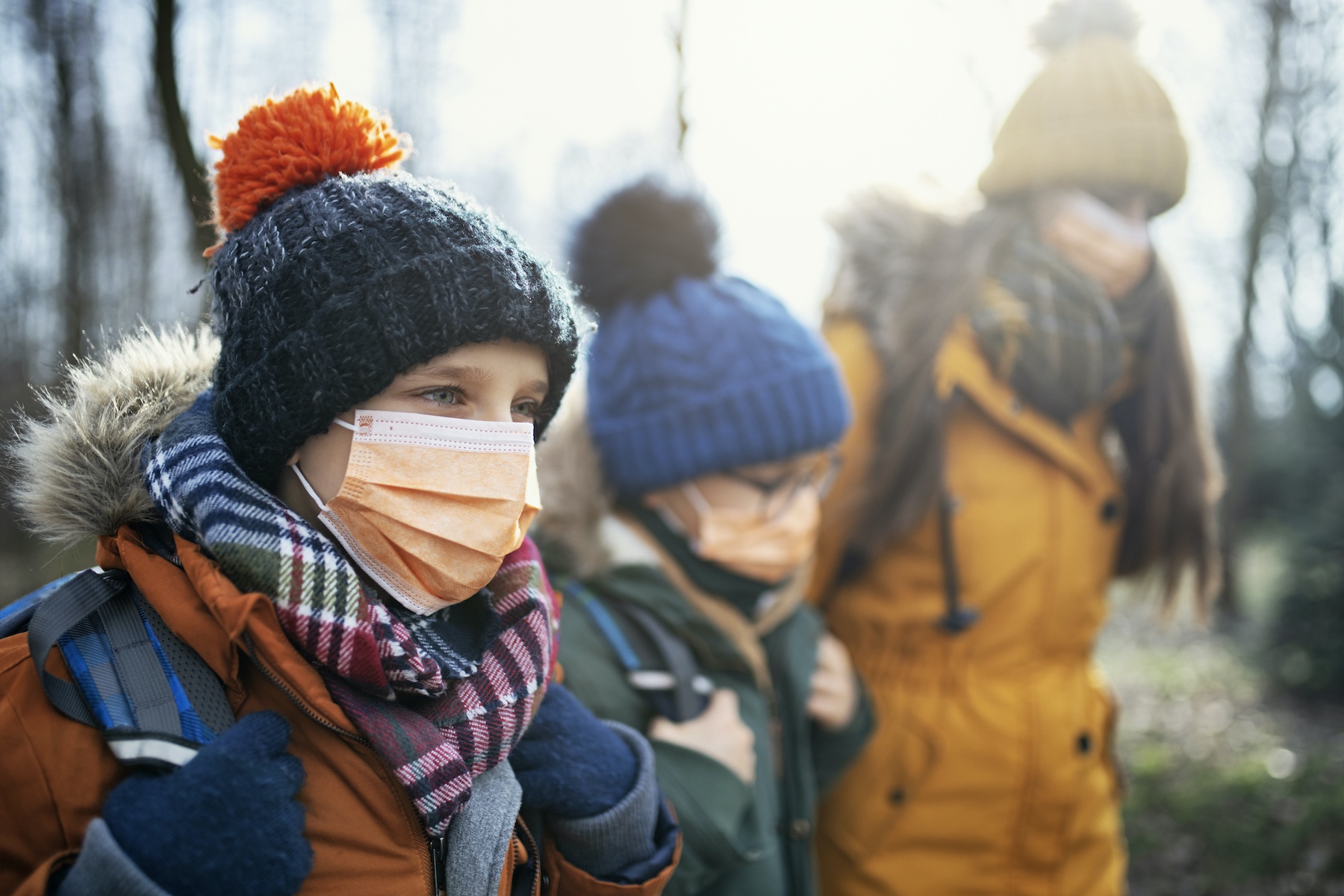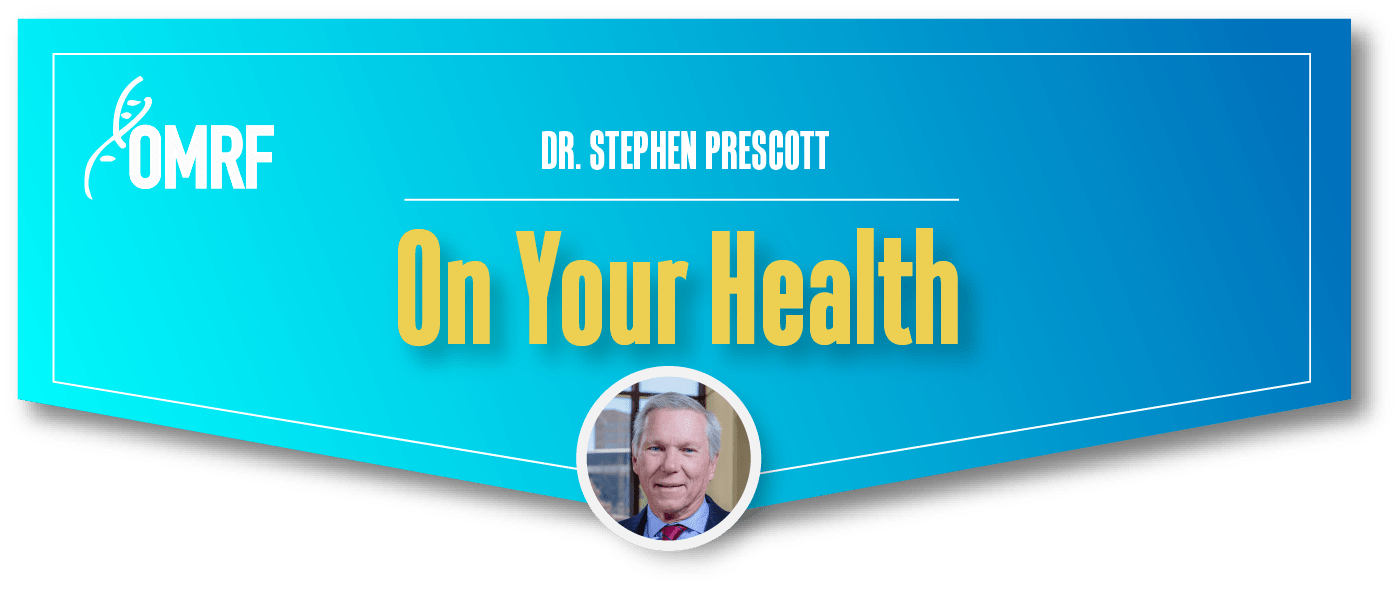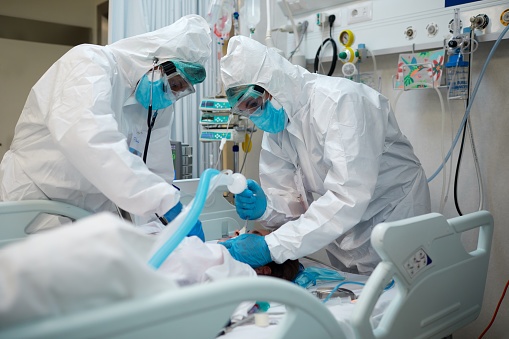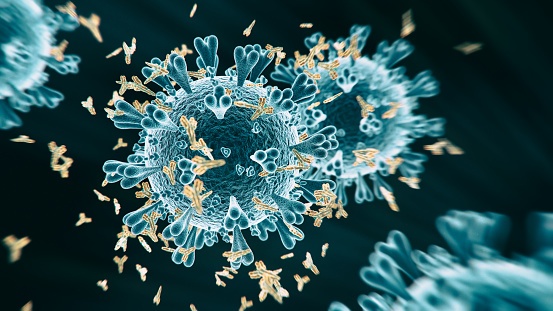Last week, we discussed what we’ve learned about SARS-CoV-2 since the novel coronavirus first reared its head late last year. So now let’s flip the script and talk about what we still don’t know.
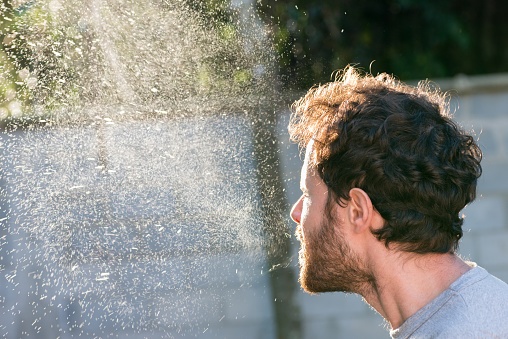 1. How much virus will make us sick?
1. How much virus will make us sick?
We know viral dose matters and that a few viral particles will not make you sick. But just how much virus is required for a Covid-19 infection to take root?
For SARS, another coronavirus, it’s a few hundred particles. For a different coronavirus, MERS, it’s more like a thousand particles.
Researchers believe that SARS-CoV-2 is likely closer to SARS, requiring a few hundred particles. But because they can’t be there at the moment of infection, or perform experiments with people to solve this riddle, they’re still working toward an answer.
Meanwhile, we all need to keep masking up and avoiding poorly ventilated indoor spaces, where particles can linger in the air. Because we do know that the more virus people are exposed to, the worse the chances of staying well.
2. Why do some people get really sick?
Early on, researchers found a partial answer to this question. Those with so-called comorbidities – conditions like heart disease, diabetes, obesity, COPD and cancer – are at higher risk for severe disease, especially seniors. But numerous otherwise healthy people of all ages have also become extremely ill and died following infection.
Could it be genetics? Viral exposure levels? Previous exposure (or not) to other coronaviruses? These are pieces of the puzzle scientists are still trying to fit together.
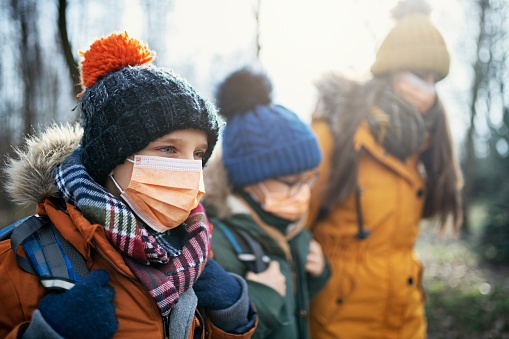 3. What will fall and winter look like?
3. What will fall and winter look like?
We now have five different experimental vaccine candidates in the final phase of clinical trials. Chances are strong that several, if not all, will prove safe and effective and receive the FDA’s okay.
But that won’t happen overnight. It will take time to complete the trials, allow the FDA to review the results of those trials, and to manufacture, distribute and administer hundreds of millions of doses of vaccines. Indeed, this is why most experts are predicting that most Americans won’t be vaccinated until well into 2021.
Before we get there, we’ll have to spend six months or so indoors and in close quarters. This doesn’t bode well for a pandemic that’s marched on in the face of warmer temperatures and time spent outdoors, factors that traditionally hobble transmission of respiratory viruses. OMRF in the news: OMRF doctors stress importance of annual flu shot >>
People who’ve been infected seem to be protected from reinfection, at least initially. But studies have found that antibodies formed in the wake of Covid-19 may fade quickly.
Scientists at the Oklahoma Medical Research Foundation and elsewhere are studying these antibody responses, as well as other immune responses the body mounts in response to infection. The hope is that even in the absence of antibodies, other defense systems – such as T cells and B cells – will stand programmed and ready to ward off attacks upon re-exposure to SARS-CoV-2.
Our experience with other coronaviruses and new reports with this one, though, suggest that reinfection may eventually be possible, at least in some individuals. However, that previous exposure may blunt the effects of subsequent bouts of illness, leading to milder disease.
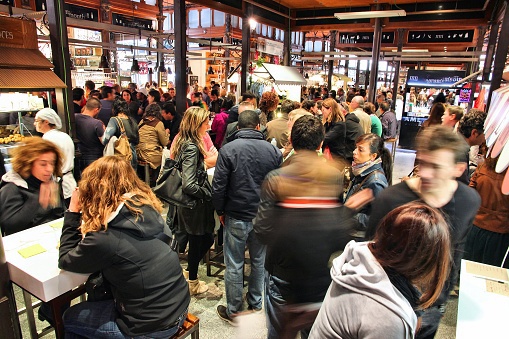 5. When will things get back to normal?
5. When will things get back to normal?
We won’t wake up one morning and find the life we knew has returned. This will be a process, and it will look less like flipping a light switch than the sun rising.
With polio, in the half-dozen years following the initial roll-out of an effective vaccine, the U.S. cut cases and deaths by 95%. But even then, with a vaccine that was almost universally embraced, this was a gradual process that happened over a period of years.
Right now, slightly more than half of all Americans say they’d get vaccinated. To achieve herd immunity – a figure experts put at about 70% – we’ll need to do better. Because as long as the virus is circulating in the population, those among us who can’t get vaccinated or form proper immune responses will remain at risk.
How long will it take until vaccinations plus those who’ve been infected and recovered reach 70% levels? I wish I knew. But as we move toward that figure, infections and deaths will begin to drop.
Those changes will feel like the slow warming of the morning sun. And when noon arrives, we’ll scarcely be able to conjure the darkness and chill that came before.
—
Get Dr. Prescott’s column delivered to your inbox each Sunday — sign up here.
